What is the need for Buffering signals ? Is it to provide the ability for the source or circuit to be able to provide high current amount ? The buffer I was reading was the Op Amp unity gain amplifier.
3 Answers
When op-amps are used as unit gain amplifiers, they are often used to convert a high-impedance input (which doesn't have much drive) into a low impedance output which has more driven to interface with the next stage of the circuit.
The op-amp has such a high-impedance that it essentially draws no current from the input stage.
- 47,708
- 5
- 97
- 161
-
Thanks, to make sure I am understanding this correctly, by combining all the answers , it seems that due to the High Input impedance(of Opamp), R2 in the voltage divider becomes very large and hence the source impedance doesn't impact the output readings . And combining your answer , it is used so as to eliminate the source impedance and provide a zero(almost) impedance signal(at the output of the op-amp). Correct ? – Dallas Carter Mar 27 '15 at 20:31
-
@DallasCarter Correct about the voltage divider, that's a very common use for it. The output is not going be zero, but very close to it; see [this answer](http://electronics.stackexchange.com/a/73695/1322). – tcrosley Mar 27 '15 at 21:20
Consider the following

simulate this circuit – Schematic created using CircuitLab
You have some signal (V2) and you have some load (RL). V2 has a high output impedance, its 1Kohm. What would the voltage be on RL ? It would be 0.5Vin.
If you are measuring some sensor, say a temperature sensor that is part of a system that is meant to shut down when the temperature reaches 100C, and 1V repreesents 100C, you would NEVER shut down in time. Because the system would think that the temperature is only 50C (if in this scenario its a linear relationship).
As Rs decreases more the value of RL, then most of the voltage would be seen by the load. Rs << RL. A voltage divider formula can prove this.
Obviously you can't just physically a sensors output impedance, so instead, you buffer it or convert its high impedance to a low one.
And that's what a unity gain op amp does.
- 11,827
- 9
- 56
- 102
-
So basically it would always be advised to buffer the output from the sensor ? Also , if you do put the buffer, which would be after the sensor, wouldn't the source impedance(sensor) still exist ? as 1V would still be given at the buffer I/P through the voltage divider ? – Dallas Carter Mar 27 '15 at 20:02
-
@DallasCarter The source impedance would still exist. But with an opamp used as a buffer, the input impedance is incredibly high. So regardless, RL (the input impedance of the opamp) will be much larger than the output impedance of a sensor. – efox29 Mar 27 '15 at 22:18
By definition, a (voltage) buffer provides high input impedance and low output impedance. That means that if you place a buffer in line with a signal, it essentially isolates that signal from whatever is on the other side. You're also right in that it can provide a higher current to a load, power amplifiers do precisely that.
Here's an example of when I used a buffer in a circuit once. I was building a VU meter and used the MSGEQ7 graphic equalizer IC (datasheet: https://www.sparkfun.com/datasheets/Components/General/MSGEQ7.pdf). If you look at the schematic, the L and R channels get mixed after having a 22k resistor placed in series with them, but I designed my board to play music at the same time the chip was receiving these inputs. In order to isolate the channels from each other, I placed a unity-gain amplifier (buffer) between the audio and the inputs to each of the IC pins, which effectively isolated them from each other.
- 764
- 4
- 7